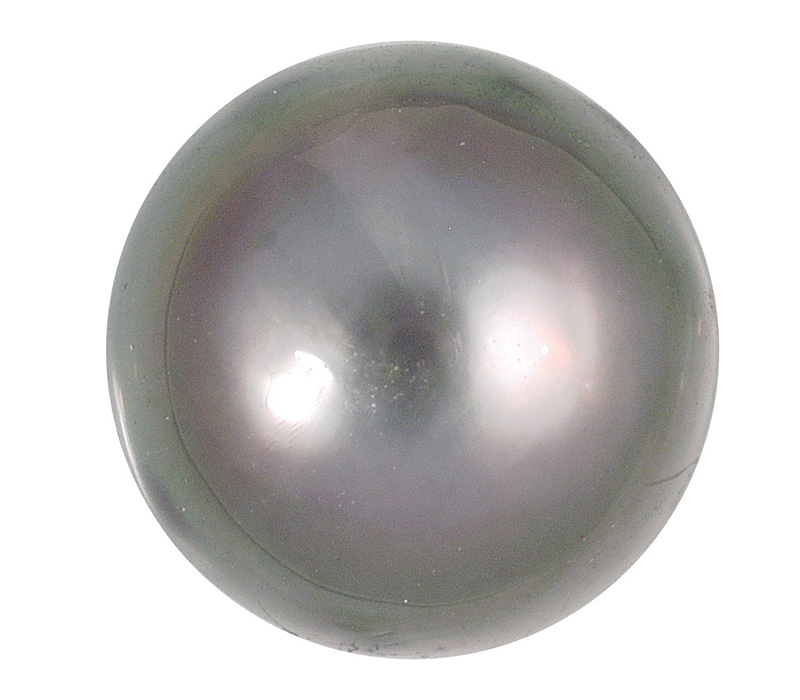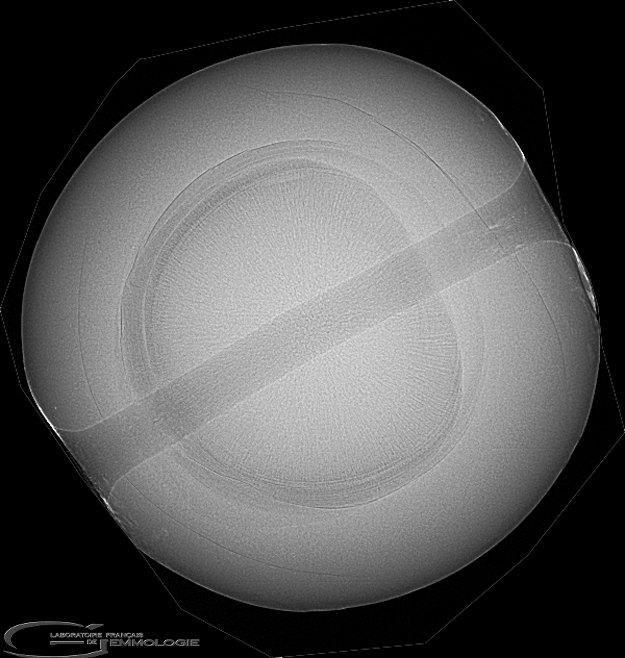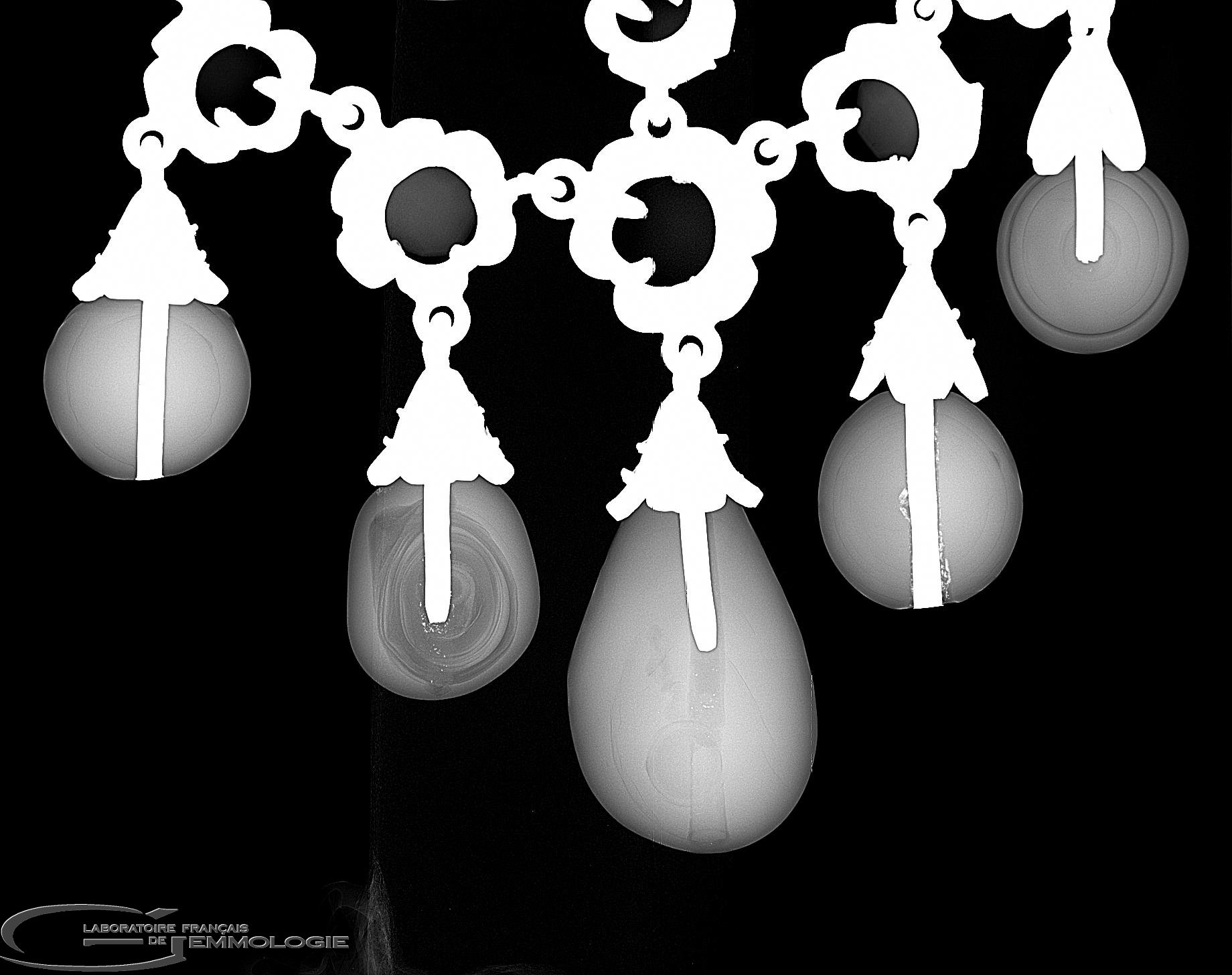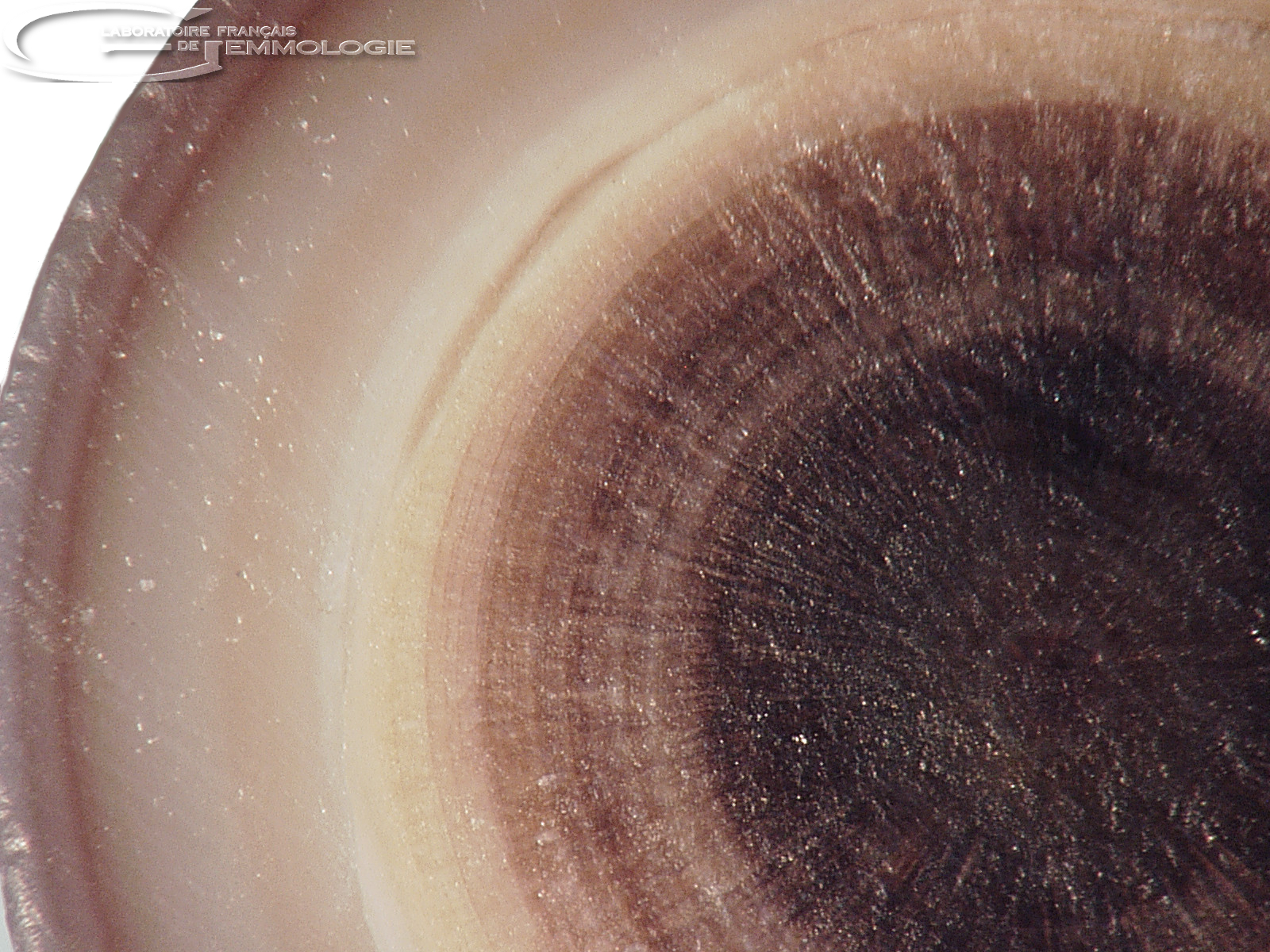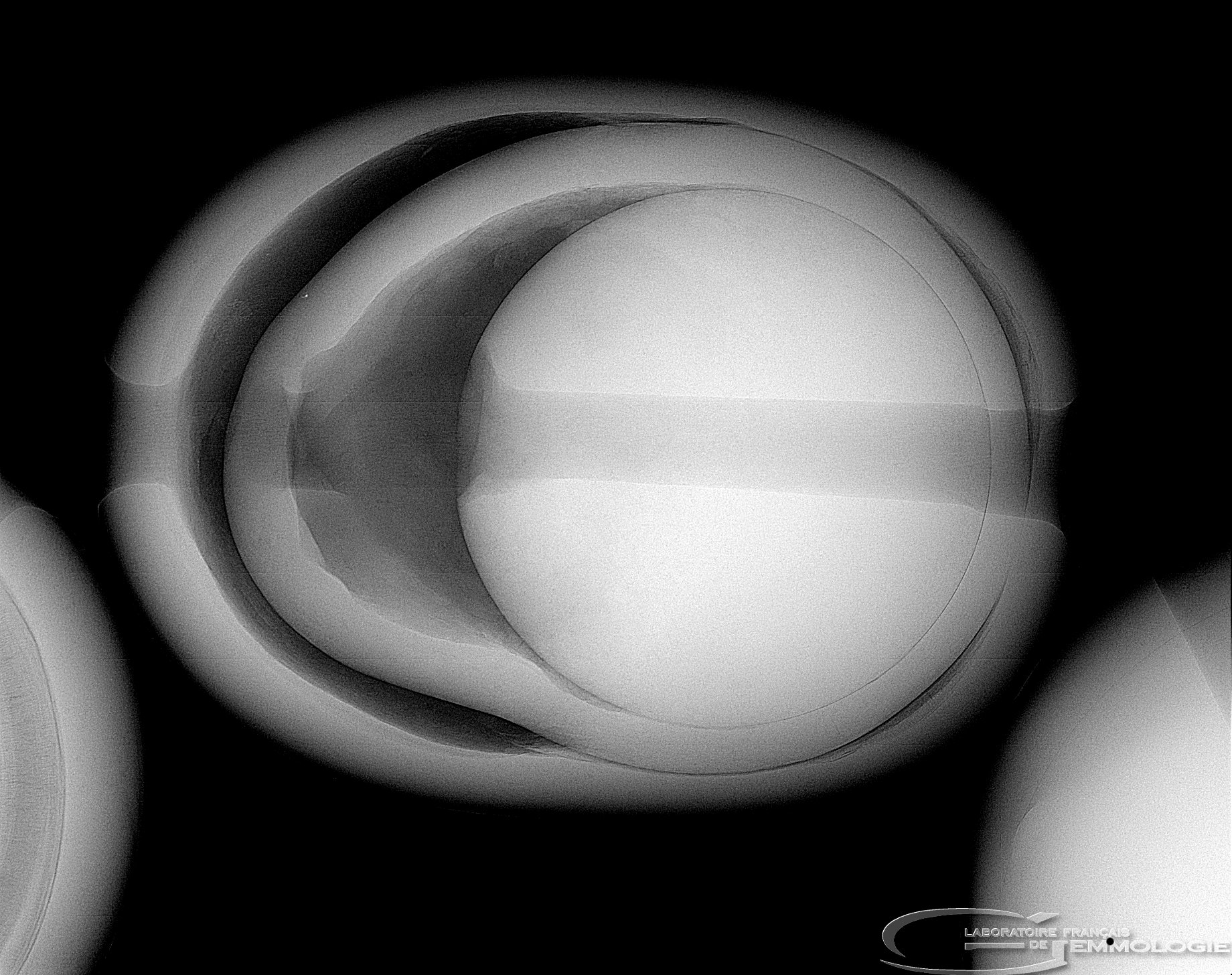GEMSTONE LIBRARY
CULTURED PEARL
The cultured pearl is a limestone produced by a mollusc in seawater, or fresh water with human intervention. There is a variety of main places of production for cultured pearls (pearl farms) such as Australia, Polynesia, Japan and China.
There are two types of cultured pearls: cultured pearls with core and cultured pearls without core. Both these types of cultured pearls can be produced either in sea water oysters or in freshwater mussels.
Laboratory analysis of cultured pearls is carried out via microradiography/tomography to observe their internal structure. X-ray luminescence, chemical and spectrometric studies will refine the diagnosis concerning the origin of the colour and the environment in which the cultured pearl was created.
CHARACTERISTICS
- Name: Cultured pearl (core or without core)
- Mineralogical nature: Biomineralisation
- Colour: White, cream white, yellow, brown, grey, black
- Crystal system: Calcareous concretion produced by a mollusc with human intervention
- Chemical composition: CaCO3
- Causes of colour: Natural pigments
- Physical properties:
- Density: 2.78 on average
- Hardness: 3
- Cleavage: None
-
- Fracture: Splintering
- Refractive index: n: 1.530 to 1.680 (use of the index is not recommended)
- Dispersion: Opaque
- Pleochroism: Opaque
- UVL: White to yellow to milky blue, orange to medium red for Pteria Sterna pearls
- UVC: Same, lower
- Treatments: Irradiation
- Syntheses: None, beware of imitations
- Geographical origin: Bahrain, Polynesia, Persian Gulf, Mexico, Australia, Philippines, Indonesia, etc.

